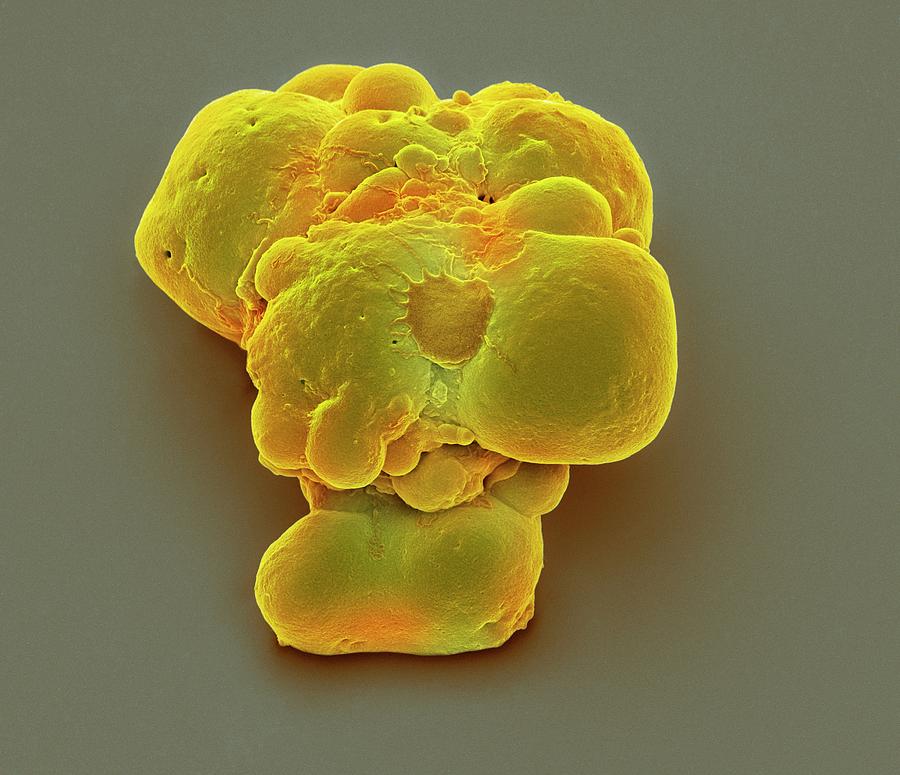
Furthermore, we will review the most recent advances in iPSCs and point out some key hurdles in cell reprogramming. Particularly, we will discuss the current notion of “ground state” of pluripotency for mESCs and whether such a naïve state can exist for hESCs. We will compare murine and human ESCs, highlighting common and distinct features of pluripotency. The aim of this review is to provide a detailed overview of the recent discoveries in ESC and iPSC research. Similarly to ES, iPS cells can be expanded indefinitely and they are capable to differentiate in all the derivatives of the three germ layers. Pluripotent stem cells can also be obtained by inducing dedifferentiation of adult somatic cells through a recently developed in vitro technology, known as cell reprogramming. ESCs are derived from the inner cell mass (ICM) of preimplantation embryos and can be indefinitely maintained and expanded in the pluripotent state in vitro. There are two types of PSCs, embryonic stem cells (ESCs) and induced pluripotent stem cells (iPSCs). In particular conditions or under specific signals, a stem cell is able to exit from self-renewal and engage a program leading to differentiate into specialized cell types deriving from the three germ layers (ectoderm, endoderm, and mesoderm). The self-renewal is the capacity of the stem cells to divide indefinitely, producing unaltered cell daughters maintaining the same properties of the progenitor cell. The definition of pluripotent stem cell is based on two properties: self-renewal and potency. Over the last years, the major advances and discoveries in stem cell research have been made in pluripotent stem cells (PSCs). Although some stem cell therapies are in clinical trials, a lot more basic research is needed before therapies using differentiated stem cell-derivatives can be applied in humans. Recently, the US Food and Drug Administration (FDA) approved clinical trials using stem cells for the treatment of heart disease. Their capacity to differentiate into specific cell types could be used in regenerative medicine to treat damaged or diseased tissues through cell-replacement therapies. However, what renders stem cell research extremely important is the vast potential of clinical applications of these cells. In biomedical research, stem cells are used to study the pathogenesis of human genetic disease, to identify new diagnostic and prognostic biomarkers, and to test improved drugs.

In basic research, stem cells represent a powerful system to study gene function and the physiological processes occurring during development. The importance of studying the biology of stem cells relies in their wide range of applications. Today, the field of stem cell research is in a rapid and dynamic expansion, representing one of the most exciting areas in life science. Since then, the following works have reported the isolation, identification, and characterization of different types of stem cells. The injected cells were blood-forming progenitor cells, able to fully regenerate the blood cells, and opening toward the clinical use of bone marrow transplantation for haematopoietic disorders. McCulloch, a hematologist, accidentally observed that the intravenous injection of bone marrow cells in previously irradiated mice led to the formation of colonies of proliferating cells in the spleen of those animals. The first evidence suggesting the existence of “special cells,” today known as stem cells, able to self-renew and to differentiate into specialized cell types, dates back in 1961 when two scientists, Drs.


 0 kommentar(er)
0 kommentar(er)
